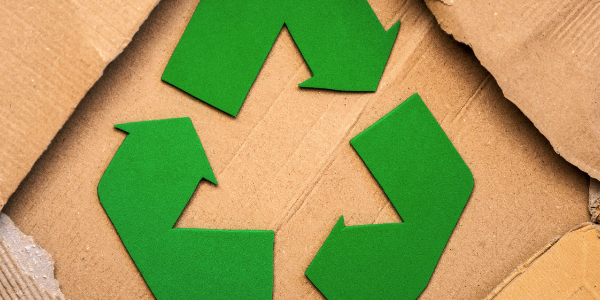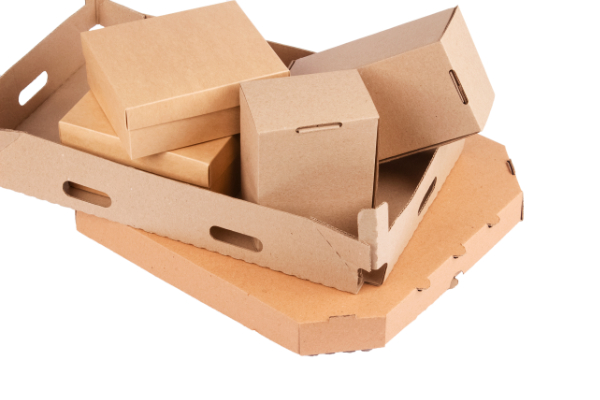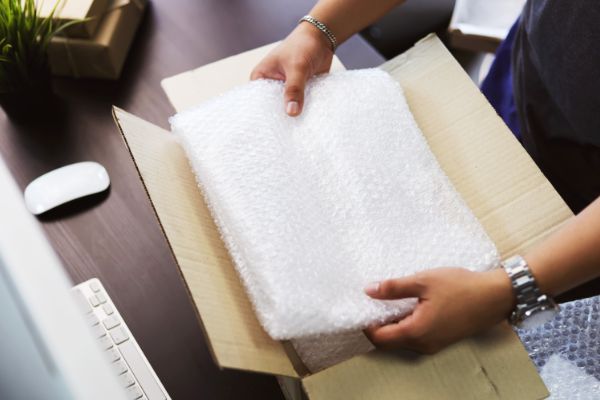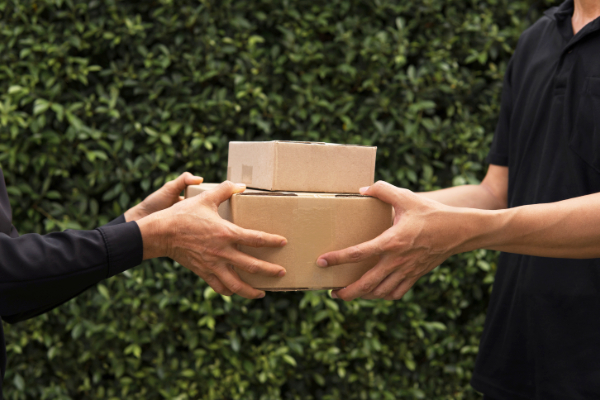How To Recycle Packaging Materials Effectively?

Recycle Packaging Materials: Why Is It Important?
Businesses are facing increasing pressure from consumers to choose packaging which isn’t harmful to the environment. It is important for businesses to change their packaging materials so that it meets customer expectations. Recyclable, reusable, made from recycled materials, and biodegradable: are some of the expectations consumers have.
Having a good brand image will help a business's reputation. Reducing the amount of unnecessary packaging is not enough. Businesses need to ensure that the majority of their packaging is not harmful to the environment; this can be done by the use of recyclable materials to manufacture their recyclable packaging.
What Types of Packaging Materials can Be Recycled & How?
How To Recycle Corrugated Cardboard Packaging?
A type of recyclable packaging materials is corrugated cardboard. What is corrugated cardboard? Corrugated cardboard is a thick cardboard that has fluting in the middle. It is mainly used for packaging boxes and is recyclable once all the plastic has been removed from it (labels & packaging tape). If the packaging box is contaminated (e.g., with grease), it cannot be recycled; it needs to be clean and dry.
Recycled packaging boxes can be used for composting and can be reused by the end-user. Alternatively, the most common way to recycle packaging is to place it into a recycling plastic box, bin or bag to be collected.
The corrugated cardboard packaging is taken to a recycling facility where it undergoes many processes to be turned into new cardboard or be downcycled. Firstly, the paper is separated from the cardboard. It is then shredded into small pieces. Following this, it is softened and broken into fibres. Any other elements which are left, (such as ink and tape), are filtered out. The remaining paper fibres are combined with water to create the right consistency. As a result of the entire process brown paper reels are created which are used to make new products. If paper is layered it can become thick cardboard.
Recycling Ink on Packaging: How Is It Done
Whether you can recycle packaging materials may come down to what ink is used on the packaging, with some inks being recyclable and some cannot. There are 2 main types of ink: petroleum and soy-based. Petroleum ink is made up of volatile organic compounds which are more expensive and harmful to the environment as well as people and animals. Packaging which has petroleum ink cannot be recycled.
Whereas soy-based inks are bright and environmentally friendly. It is mainly made from soybeans which is mixed with natural compounds. Compared to petroleum ink, soy-based inks are brighter as the oil is clearer.
Once recycled packaging materials get to recycling facilities, they go through a process known as “floatation deinking”. Through the use of bubbles, which are created by the use of chemicals and detergents, flotation deinking removes ink on all packaging materials.
Paperboard Packaging: How Do You Recycle It?
Similarly to corrugated packaging, most paperboard packaging can be recycled. The only exceptions are if the cardboard is wet or soiled. When recycled paperboard gets wet, the fibres get damaged and cannot be recycled. Soiled paperboard refers to cardboard which contains food, paint or dirt. Any plastic labels that have been added to paperboard packaging should be removed but this is not necessary.
To recycle paperboard, it gets placed at the kerbside where it is picked up and taken to a recycling facility. It will then go through the same process as corrugated cardboard packaging. Anything that would contaminate the new paper, (inks and substances) will be washed off. This ensures that the recycled paperboard can be made into clean new cardboard and paper reels.
Examples of paperboard packaging include: cereal boxes, instant coffee sachet boxes and fizzy drink boxes.

Recycling Plastic Packaging
Over recent years, the amount of plastic packaging that can be recycled, and is recyclable, has been improving steadily. Businesses have chosen to move away from single-use to alternatives which are recyclable and less harmful to the environment. Recycling plastic boxes has become more commonly collected by councils. This is due to councils’ increasing the number of items they collect which can be recycled.
Different types of plastic packaging will have different ways to recycle them. Though the items may go in the same recycling bin or bag, some may need to have the lids removed, or flattened for example.
Plastic bottles should be rinsed out if they have anything other than water in them (such as juice), so that there is no residue. Then it should be flattened down and placed into the recycling. This allows households to add more to their recycling whilst also creating more space for recycling trucks to load more recycling.
Some soft plastic food bags can only be recycled if it is into a store. It is then the retailer’s responsibility to recycle the bags using their own recycling methods.
Is Bubble Wrap Recyclable?
Another recyclable packaging material is bubble wrap. Bubble wrap can be recycled; however, bubble wrap cannot be recycled at the kerbside with other recycling. Similarly to other recyclable packaging materials, there cannot be any other materials attached with the bubble wrap. To recycle bubble wrap all the air bubbles should be popped then taken to specialist recycling points, which deals with recycling bubble wrap. Specialist recycling points can be found at supermarkets and pharmacists.
Bubble wrap is made from a low-density polyethylene film (LPDE). It is also categorised as a #4 plastic. Even though other #4 plastics, (such as plastic bottles and plastic bags), can be recycled, the “film element” of bubble wrap causes issues within the recycling process. Bubble wrap gets tangled in machinery at recycling facilities if it was placed with other recycling. It causes damage to machinery, costs time and money and could cause injury. As a result of this specialist, machinery is used to recycle bubble wrap so that it can be turned into pellets. The pellets can then be used to make a wide range of plastic products such as bin bags and pipes.

Looking For a Sustainable Packaging Alternative? Discover The Benefits of Using Sustainable Cardboard Packaging by…
…checking out our detailed guide here. You can also find out more about the benefits of utilising sustainable cardboard packaging by getting in touch with the friendly Diamond Box team today either on 0121 505 2211 , sales@diamond-box.co.uk or by filling out our simple contact form below. We hope to hear from you soon.
